Learn about the 7 chakras, their meanings, qualities, advantages, disadvantages, and connection to yoga. Discover how to use each energy center’s own yantra and mantra to balance by reading this blog.
What are Chakras?
The energy centers of the body are called chakras. Ascending from the base of the spine (the place between your anus and genital organ right in the center of the body) to the top of the skull.
These mainly correspond with our astral body. Our physical body contains an energy body called the astral body. There is an astral body part that corresponds to each physical body part. One cannot see or touch the astral body. This also explains why the chakras are invisible to us.
Chakras, Their Colors, and Your Wellbeing.
A particular color and energy are radiated by the chakras. Every single one corresponds with a gland located in the body. It is thought that blocking or dysfunction of any chakra might result in physical, psychological, emotional, or spiritual illnesses because each chakra corresponds to distinct components of our existence that are spiritual, emotional, psychological, and physical. On the other side, it is thought that wellbeing and excellent health result from the conscious knowledge and balancing of these energy centers.
Yoga and Its Effect on Your Chakras
Balancing these Chakras or energy centers is one of the goal of yogal. Yoga aims to balance and activate these body’s energy centers, or chakras, through asana practice.
What number of Chakras does the human body have?
The human body contains an infinite number of chakras, however most people only know about the “seven chakras.” Each of the seven chakras is linked to a certain vibration, color, symbol, and sound. You may experience different aspects of your physical, mental, and emotional well-being depending on how open or obstructed these energy centers are. The body’s seven primary chakras are as follows:
Muladhara Chakra – Root Chakra (Located at the Base of Spine)
Svadhishthana Chakra: Sacral Chakra (Location Just Below the Naval)
Manipura Chakra: Solar Plexus Chakra (Located between the naval and the base of the sternum)
Anahata Chakra (the center of the chest behind sternum at the height of the thymus gland),
Vishuddha Chakra (Located in the center of neck at the height of thyroid gland),
Ajna Chakra, or the Third Eye Chakra (located between eyebrows),
Sahastrara Chakra, Crown Chakra (Located at the center of top of scalp)
Are Chakras shaped in any way?
According to ancient traditions, a chakra has a ball- or sphere-like shape. It is also thought that Earth is a small chakra in our galaxy, the Milky Way, and a large chakra in the solar system. It rotates to disperse some energy, but our ability to comprehend this fully is still limited.
What are a chakra’s dimensions?
Some claim that chakras have a radius of one foot, while others claim that it depends on the flow of energy. However, scripture also reveals that the chakras are tiny because they are found in the astral spinal cord, which is situated inside the physical spinal cord.
The 7 Chakras: Symbols, Symptoms and Effects
Muladhara, or the root chakra

- Symbol: The four-petaled lotus flower, square, and triangle pointing downwards make up the Root Chakra symbol. According to legend, each component stands for one of the four facets of the human mind, which come together to constitute the emergence of awareness.
- Color: Red
- Element: Earth
- Location: Between the genitalia and the anus at the base of the spine is the root chakra, also referred to as the Muladhara chakra. The feelings of stability, ambition, survival, and self-sufficiency define it.
- Mantra: ‘Lam’ is the Muladhara Chakra’s seed mantra, also known as the beej mantra.
A person who has their root chakra blocked may experience dread, insecurity, frustration, a lack of ambition, ungroundedness, and instability.
Nonetheless, when the root chakra is balanced, these are replaced with happier feelings and you experience stability, self-assurance, balance, vitality, independence, and strength.
The poses Tree Pose (Vrkshasana) and Mountain Pose (Tadasana) in yoga balance the root chakra.
Svadhishthana Chakra, Sacral Chakra

- Symbol: The crescent moon, several circles, and six petals of a lotus flower comprise the Svadhishthana Chakra, also known as the Sacral Chakra. The crescent moon and circles stand for the cyclical nature of life, death, and rebirth, and the six petals represent the six negative aspects of our nature that we must overcome in order to awaken this chakra.
- Color: Orange in color
- Element: Water is the element.
- Location: Approximately four fingers below the navel, in the lower belly, is the Svadhishthana Chakra, also referred to as the Sacral Chakra. The underlying urge for sexuality, creativity, and self-worth are some of its characteristics.
- Mantra: “Vam” is the seed mantra, or beej mantra, of the Svadhishthana Chakra.
The Sacral Chakra can be blocked or unbalanced, which can cause feelings of emotional turbulence and irritability, a lack of creativity and energy, manipulation, or an obsession with sexual ideas.
Feelings of vigor, happiness, positivity, satisfaction, compassion, and intuition are signs of a balanced sacral chakra.
Yoga practices to stimulate the Sacral Chakra: Crow Pose (Kakasana) and Triangle Pose (Trikonasana), which are standing positions, can help you balance the Svadhishthana Chakra.
Also Read: The Role of Yoga in Improving Memory
Manipura Chakra: Solar Plexus Chakra
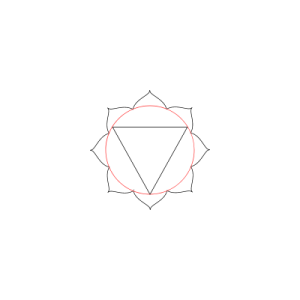
- Symbol: Inside a lotus flower with ten petals is a triangle pointing downward, representing the Solar Plexus Chakra. The triangle represents the Agni tattva, or fire of kundalini energy, which represents our inner power, while the ten petals stand for ten negative character qualities that we must overcome.
- Color: Yellow in color
- Element: Fire
- Location: Between the navel and the base of the rib cage, near the solar plexus, is where you’ll find the Manipura Chakra. Ego, rage, and hostility are some of the feelings that define it.
- Mantra: “Ram” is the seed mantra, or beej mantra, of the Manipura Chakra.
The physical manifestation of an imbalanced or blocked Solar Plexus Chakra can include diabetes, liver issues, and digestive issues. Anger, sadness, low self-esteem, and perfectionism are examples of emotional problems.
The solar plexus chakra is balanced when we feel more focused, energised, self-assured, and productive.
Asanas for Solar Plexus Chakra Alignment: Classical Forward Bend (Paschimottanasana), Classical Cobra Pose (Bhujangasana), and Bow Pose (Dhanurasana) are some positions that are good for aligning the Manipura Chakra.
The Heart or Anahata Chakra
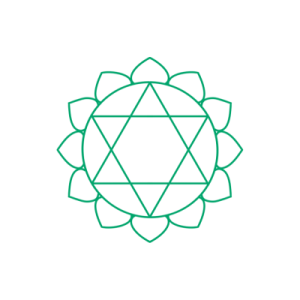
- The yantra made by the intersection of two triangles in the heart serves as a symbol. The chakra symbol stands for the harmony of upward and downward forces, or yin and yang. A twelve-petalled lotus flower outside represents the twelve holy attributes connected to the heart.
- Color: Green
- Element: Air
- Location: The Anahata Chakra, as its name suggests, is situated in the heart area. Emotions of love, attachment, compassion, trust, and passion are associated with this chakra, which is the seat of balance.
- Mantra: ‘Yam’ is the seed mantra (beej mantra) of the Anahata Chakra.
Signs of a blocked or unbalanced heart chakra: An individual with an unbalanced heart chakra may have emotional problems such as jealousy, rage, anxiety, a lack of trust, and moodiness.
Symptoms of a balanced heart chakra: When this energy center is in balance, an individual feels more driven, friendly, upbeat, compassionate, and caring.
Pose alignment: Half Bridge (Ardha Setubandhasana) and Fish Pose (Matsyasana) are two yoga poses that help balance the heart chakra.
The throat chakra, or Vishuddha Chakra
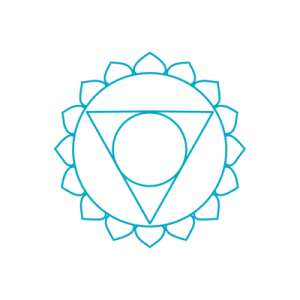
- Symbol: The sixteen-petaled lotus blossom that encircles an inverted triangle with a circle inside is the symbol for the Throat Chakra. This is a symbol of spiritual development and physical, mental, and spiritual cleanliness.
- Color: Blue in color
- Element: Ether
- Mantra: “Ham” is the Vishuddha Chakra’s seed mantra, also known as the beej mantra.
The Visuddha Chakra is situated where the thyroid gland is, at the base of the throat. Inspiration, constructive expression, faith, and effective communication are all linked to it.
Signs of an imbalanced or blocked throat chakra: We may feel weak, hesitant, or unable to articulate our thoughts when there is a blockage in the throat chakra.
Indications of a balanced throat chakra include the ability to express oneself creatively, positively, constructively communicate, and feel satisfied.
Balance your throat chakra with these yoga poses: shoulderstand (Sarvangasana) and plough pose (Halasana), which stimulate the throat chakra.
Ajna Chakra, or the Third Eye Chakra

- Symbol: The Third Eye Chakra sign is an inverted triangle that is positioned between two lotus petals in a circle. The downward-facing pyramid with its two petals represents wisdom, highlighting the Third Eye Chakra’s significance in our quest for enlightenment.
- Color: Indigo in color
- Element: Light
- Location: The Ajna Chakra, also known as the Agya Chakra, is situated in the space between the eyebrows. It is also referred to as the Third Eye Chakra and is frequently utilized as a focal point in asana practice to increase awareness and concentration.
- Mantra: “Om” is the seed mantra, or beej mantra, of the Ajna Chakra.
Meditation on this chakra is claimed to offer emancipation and intuitive understanding, as well as to eliminate the karma from previous lives. It possesses self-awareness, insight, intuition, and intellect.
Signs of a blocked or unbalanced third eye chakra: An unbalanced third eye chakra might make you feel timid and fearful of achieving achievement, or it can make you more conceited. Physical symptoms such as headaches, straining eyes, and blurred vision might be signs of an imbalance.
A person who has a balanced and active third eye chakra feels more alive and self-assured on an emotional and spiritual level. When one is not afraid of dying, they become their own masters and do not grow attached to anything material.
Headstands (Shirshasana) are one of the yoga poses that balance the Third Eye Chakra because they stimulate the Ajna Chakra.
Chakra Sahastrara, Crown Chakra
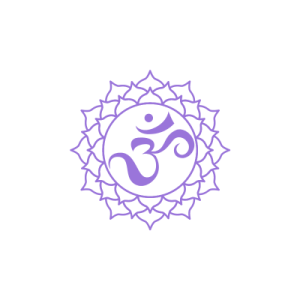
- Symbol: An inverted triangle with a ring of a thousand lotus petals surrounds the Crown Chakra symbol. This is a representation of the holy energy entering the Crown Chakra and providing enlightenment and spiritual freedom.
- Color: Vivid White in color
- Element: Thought
- Location: The Sahastrara, also known as the Crown Chakra, is situated at the top of the head. The seventh chakra is the hub of energy and mind that is dynamic, enlightening, and spiritual. The gift of cosmic consciousness is brought and the inward flow of wisdom is permitted.
- Mantra: ‘Aum’ is the seed mantra (beej mantra) of the Sahastrara Chakra.
Symptoms of an imbalanced or obstructed crown chakra: An imbalanced crown chakra can cause feelings of depression, destructiveness, and continual dissatisfaction.
Indices of a healthy crown chakra include a clear view of the world, inner serenity, and spiritual insight.
Asana (headstand) is one of the yoga poses that balances the Sahasrara Chakra, which in turn balances the Crown Chakra.
Also Read: Chakra Asana And Its Benefits
How Are chakras related to health?
The organs and glands of the specific area where chakras are found are connected to them. As a result, they have a significant impact on our relationships with others, mental health, and physical health. Chakras can be balanced or imbalanced depending on a number of variables, including our lifestyle, our immediate environment, our prior experiences, etc. Chakras that are out of balance might become either hypoactive or hyperactive. The functioning of a chakra that is obstructed or hypoactive is either minimal or nonexistent. Similar to an overactive chakra, a hyperactive chakra indicates an imbalance in the body’s overall energy flow because too much energy is entering that specific area.
How do you tell if your chakras are blocked?
Chakras are interconnected, meaning that an imbalance in one affects the functioning of the others as well. People experience feelings of disconnection, anxiety, and fear as a result of this, and it can also lead to health issues in one or more bodily parts.
Your chakras must be in balance for optimal performance. To do this, you must understand the true functions of the chakras as well as certain self-care techniques.
Why are chakras important, and how do they function?
The centers of distribution are the chakras. They assign the five pranas to the corresponding local areas. For instance, the root chakra supplies energy to the pelvic region’s organs and distributes the “apana prana” to that area. This distribution system is disrupted, and physical, psycho-emotional, or energy problems emerge when a chakra is blocked or not operating properly.
Techniques for Chakra Balancing
Every chakra revolves with a particular frequency and velocity. Variations in diet, lifestyle, mental patterns, and other things can affect this frequency and speed. The dispersion of the pranas begins to suffer from an imbalance. If a 50-watt lightbulb is connected to a 500-watt or 10-watt electrical source, just think of the consequences! Restoring the chakras to their normal speed is what we mean when we talk about balancing or activating them.
Chakras can be unblocked using a variety of techniques, rather than just one. Each person will respond differently to the best approach to clearing their chakras; therefore, the best course of action is to experiment to see which technique works best for you. A few well-liked methods and instruments for chakra balance and cleaning are as follows:
- Diet: A body that is out of balance with regard to the five elements is one of the primary causes of an imbalance in the chakras. The components of the body can become more balanced with a well-balanced diet.
- Positions: The chakras are stimulated and their functioning is enhanced by asanas. They also make room for the chakras to self-heal.
- Taking a breath: Breathing clears out stagnant prana and facilitates the body’s natural flow of prana.
- Reflection: For many practitioners, meditation facilitates chakra clearing. In addition to calming the mind, chakra meditation assists the practitioner in directing energy toward a troublesome chakra point.
- Hand gestures: Hand motions, known as chakra mudras, are commonly used in yoga and meditation to direct energy to the areas that require it most. We balance the elements in the body by doing the equivalent mudra in order to balance the chakras. Continue reading “How to Do Pranayama & Their Benefits in Daily Life” to learn more about yoga breathing exercises and pranayama.
Conclusion
The energy body’s seven chakras are strong sites that support your well-being both physically and mentally. Because of this, it is imperative that you frequently examine these energy centers and carve out time in your hectic schedule to enhance the flow of prana to each. Chakra alignment can also assist you in connecting with your inner self and awakening the divine power that resides within you on a deeper level. The yoga classes at the India Yoga School can help you balance your chakra. Visit us for a life-changing experience. To learn more about chakra balancing, contact our experts.
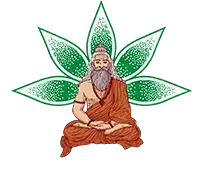
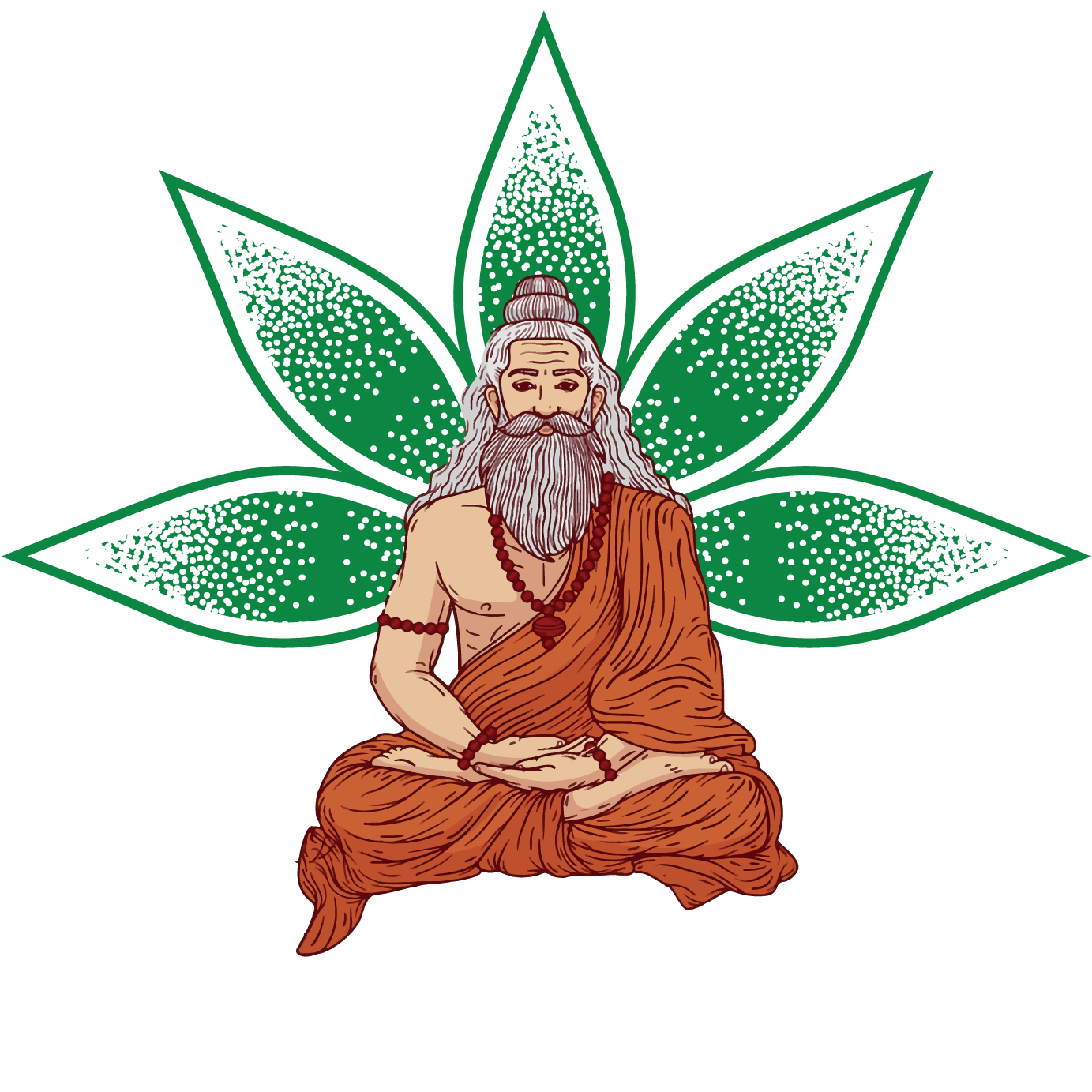
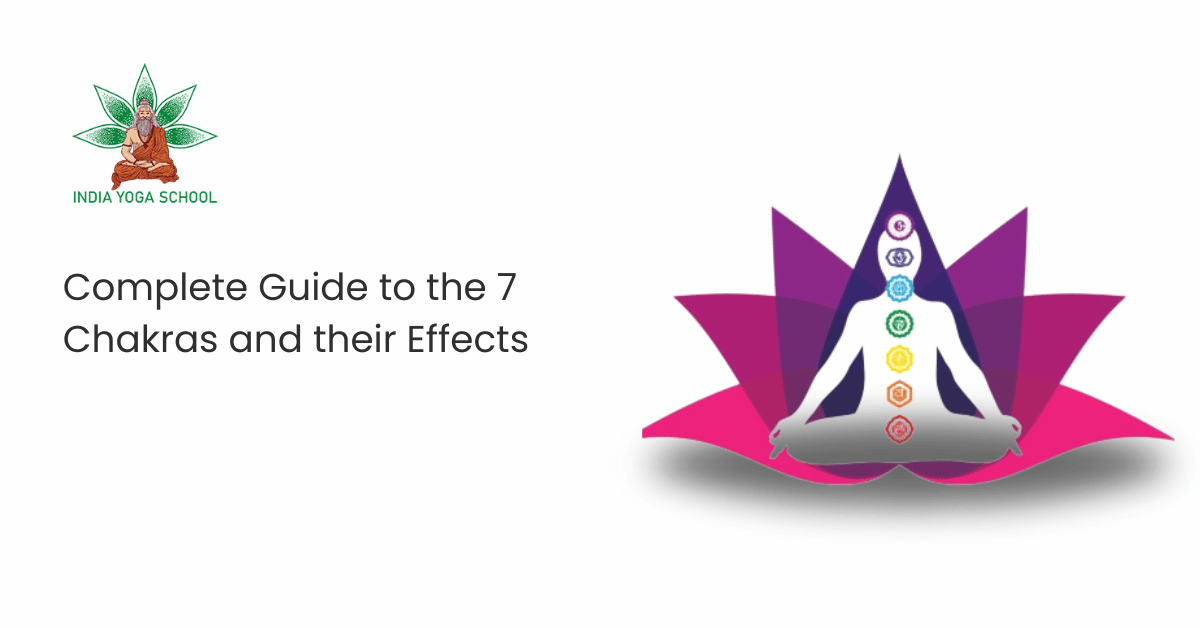
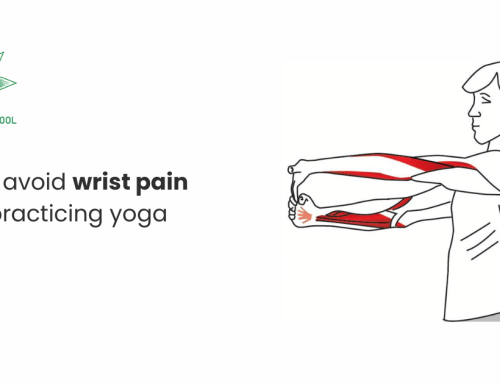
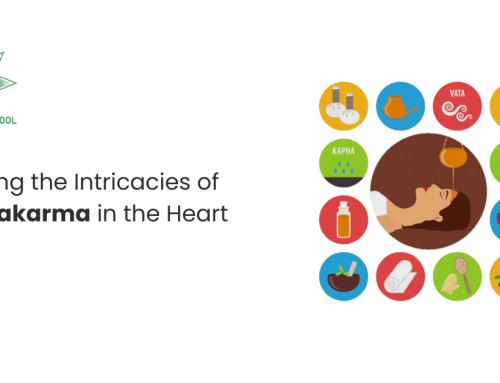
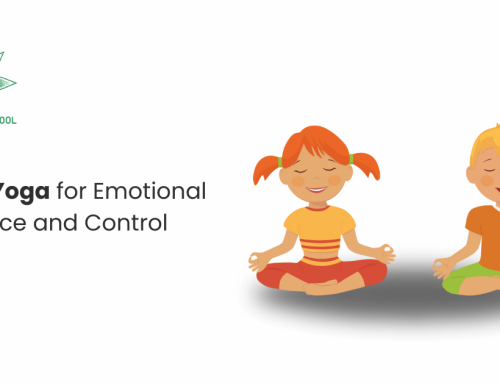
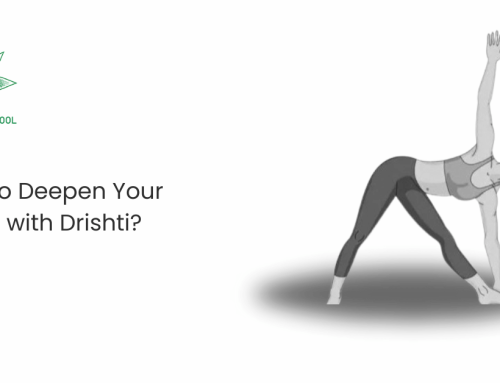
Leave A Comment